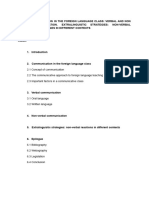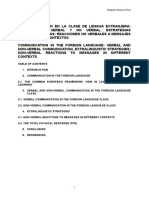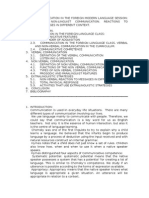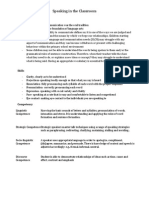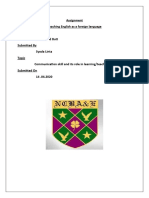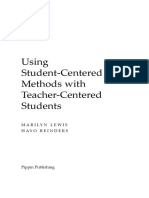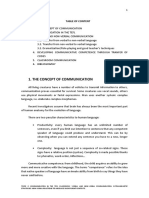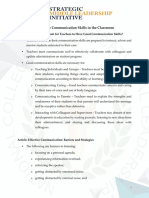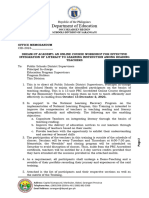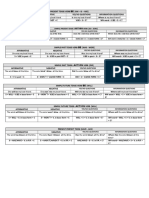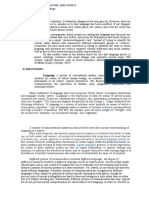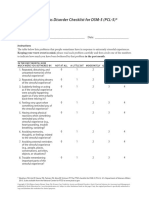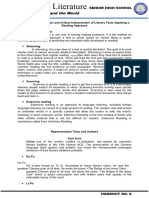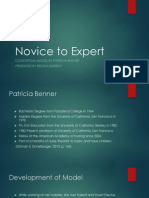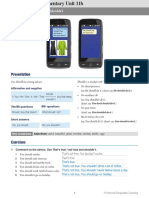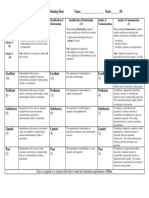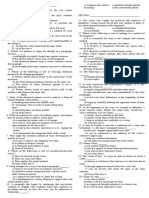0% found this document useful (0 votes)
18 views3 pagesSummary of Unit 2
Unit 2 emphasizes the importance of both verbal and non-verbal communication in foreign language classrooms, highlighting their roles in developing communicative competence. It discusses various strategies, such as Total Physical Response and role-play, that integrate these communication forms to enhance student engagement and understanding. The unit also underscores the significance of classroom layout in fostering effective communication dynamics among students and teachers.
Uploaded by
pauladizCopyright
© © All Rights Reserved
We take content rights seriously. If you suspect this is your content, claim it here.
Available Formats
Download as DOCX, PDF, TXT or read online on Scribd
0% found this document useful (0 votes)
18 views3 pagesSummary of Unit 2
Unit 2 emphasizes the importance of both verbal and non-verbal communication in foreign language classrooms, highlighting their roles in developing communicative competence. It discusses various strategies, such as Total Physical Response and role-play, that integrate these communication forms to enhance student engagement and understanding. The unit also underscores the significance of classroom layout in fostering effective communication dynamics among students and teachers.
Uploaded by
pauladizCopyright
© © All Rights Reserved
We take content rights seriously. If you suspect this is your content, claim it here.
Available Formats
Download as DOCX, PDF, TXT or read online on Scribd
/ 3



